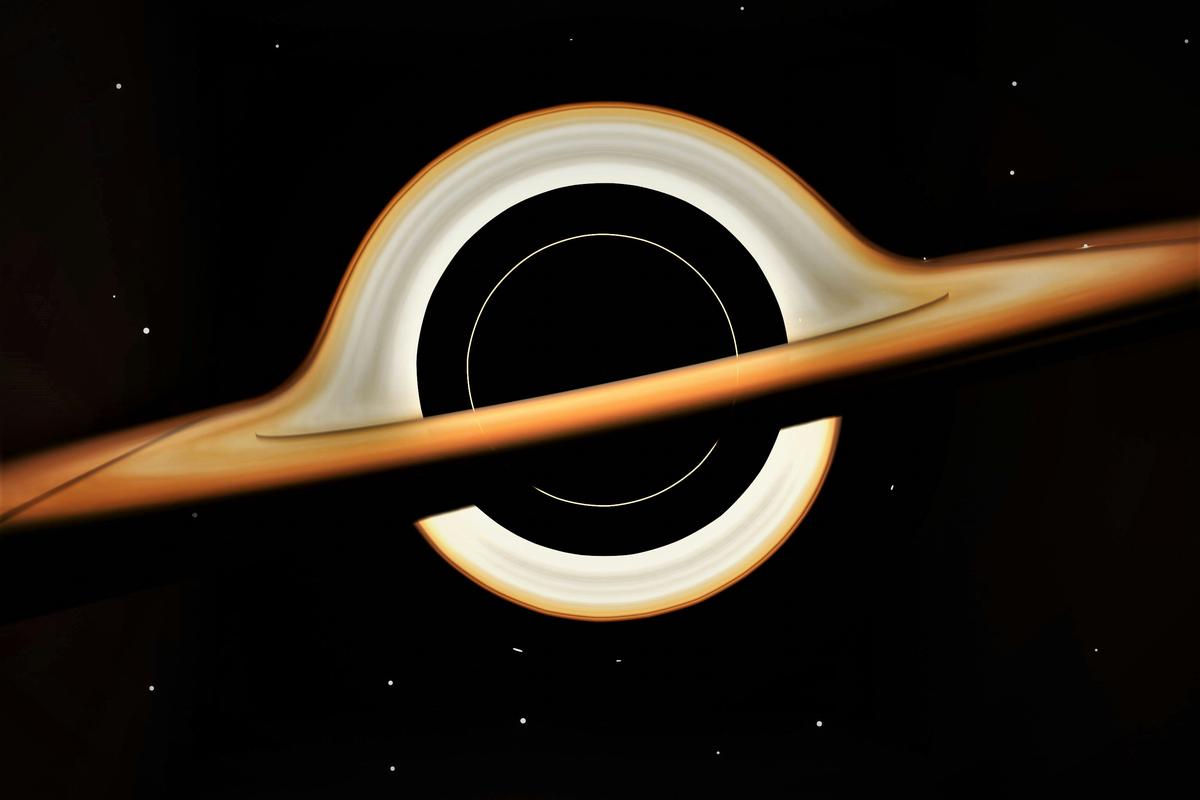Formation and Types of Black Holes
Black holes are born when massive stars exhaust their fuel and collapse under their own gravity, compressing into incredibly dense cores. Stellar-mass black holes form from this process, while smaller stars may become neutron stars or white dwarfs.
Stellar black holes, despite their name, wield immense gravitational influence. Their pull becomes inescapable once an object gets too close, though they don't actively "suck" matter in like cosmic vacuum cleaners.
Supermassive black holes, containing millions or billions of solar masses, reside at the hearts of galaxies, including our Milky Way. They may originate from merging smaller black holes or from massive gas clouds collapsing directly. These giants potentially serve as galactic architects, playing a role in star system formation.
Intermediate-mass black holes remain elusive, thought to arise when stars collide and merge in dense clusters. Evidence for these is limited, making them an ongoing subject of study.
Primordial black holes, theoretically formed shortly after the Big Bang, add another layer to our understanding. Their potential role as dark matter candidates intrigues researchers, though concrete evidence remains elusive.
From stellar types to supermassive giants, black holes significantly contribute to our expanding knowledge of the universe. They stretch the laws of physics to their limits, providing a unique laboratory for astronomers and physicists worldwide.
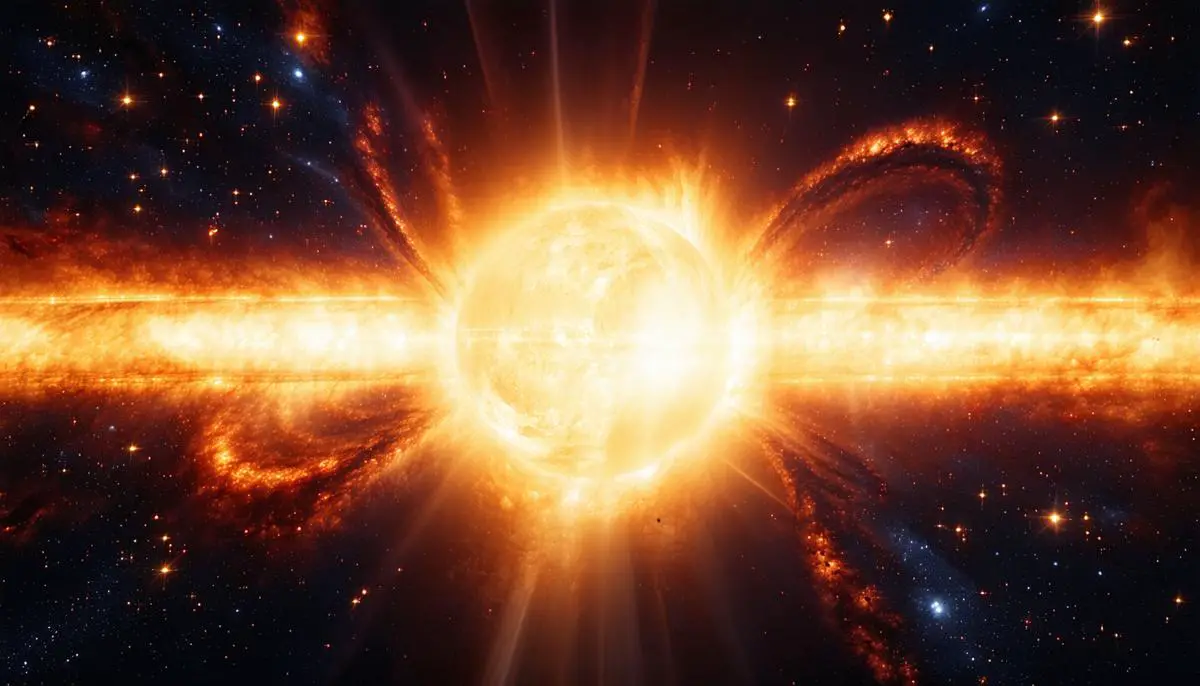
The Nature of Spacetime Around Black Holes
Black holes are cosmic sculptors, warping spacetime with their immense gravitational force. Imagine spacetime as a vast, stretchy fabric. A black hole's formation creates a well-like depression in this fabric, with deeper wells indicating stronger gravitational pull.
The event horizon, often called the "point of no return," is the boundary where gravity becomes so strong that nothing, not even light, can escape. It shields the singularity at a black hole's core, where matter is crushed to infinite density and known physics breaks down.
Light bends along curved paths near black holes, an effect called gravitational lensing. This warping allows us to observe distant celestial objects otherwise obscured, serving as a cosmic magnifying glass.
Black holes challenge our understanding of physics, testing the limits of general relativity and exploring potential bridges to quantum mechanics. They prompt questions about the universe's fundamental structure, the nature of space and time, and the fate of information consumed by these cosmic giants.
As research progresses, black holes continue to expand our understanding of the cosmos. Each discovery fuels curiosity and optimism for future revelations, highlighting the potential of human inquiry in unraveling the universe's deepest secrets.
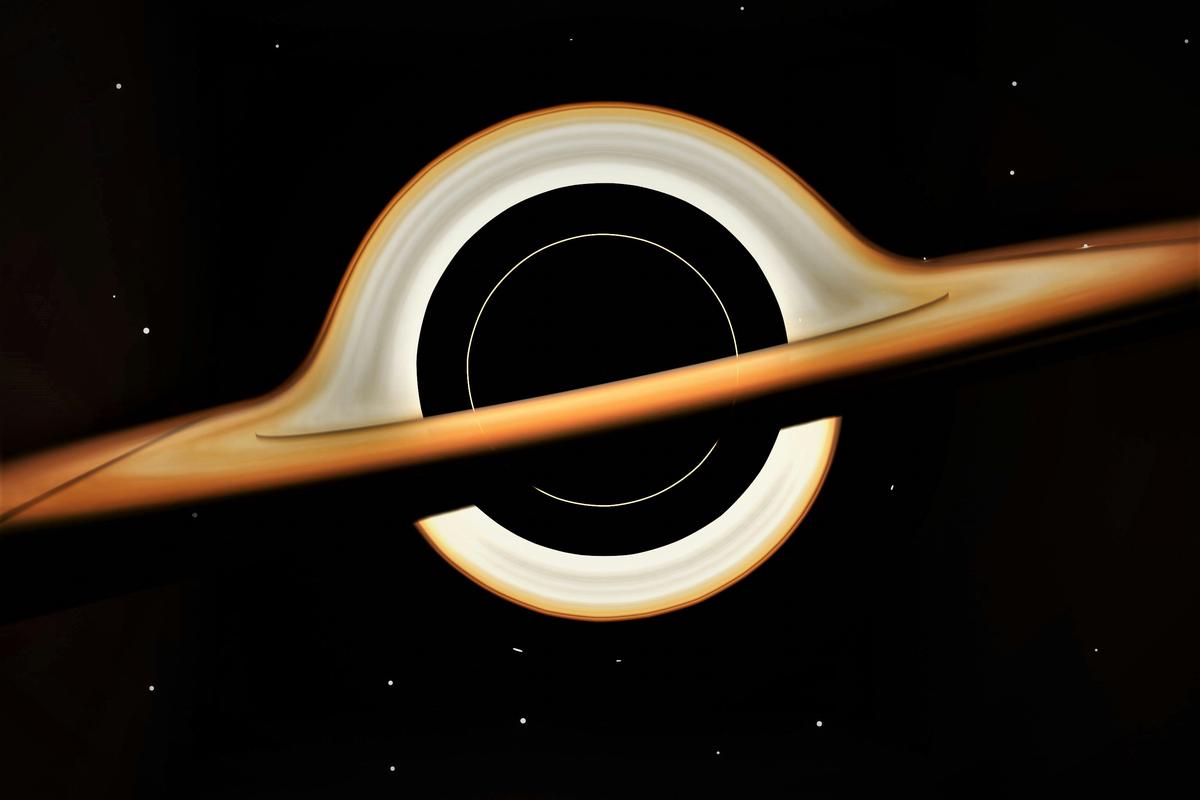
Photo by paman0744 on Unsplash
Detection and Observation of Black Holes
While black holes themselves are invisible, their impact on surroundings allows us to detect and study them. Several ingenious methods have been developed for this purpose:
- Gravitational Waves: The collision of two black holes emits ripples in spacetime, first detected in 2015 by LIGO. This breakthrough confirmed Einstein's predictions and opened a new chapter in astronomy, offering auditory insight into cosmic events billions of light-years away.
- Accretion Disks: As matter spirals into a black hole, it forms a luminous disk heated by immense gravitational forces. This intense radiation, observable in various wavelengths including X-rays, reveals the black hole's presence and behavior.
- Event Horizon Imaging: In 2019, the Event Horizon Telescope captured the first image of a black hole's shadow at M87*, 55 million light-years away. This global network of radio telescopes effectively turned Earth into a massive lens.
- Stellar Motion: By observing the peculiar orbits of stars near an unseen massive entity, scientists can infer the presence and mass of black holes. This method led to the discovery of our galaxy's central black hole, Sagittarius A*.
Advanced telescopes and detectors continue to revolutionize our ability to study these cosmic enigmas. From gravitational-wave observatories to X-ray telescopes orbiting Earth, technology propels our comprehension forward, confirming hypotheses and posing new questions about the universe.
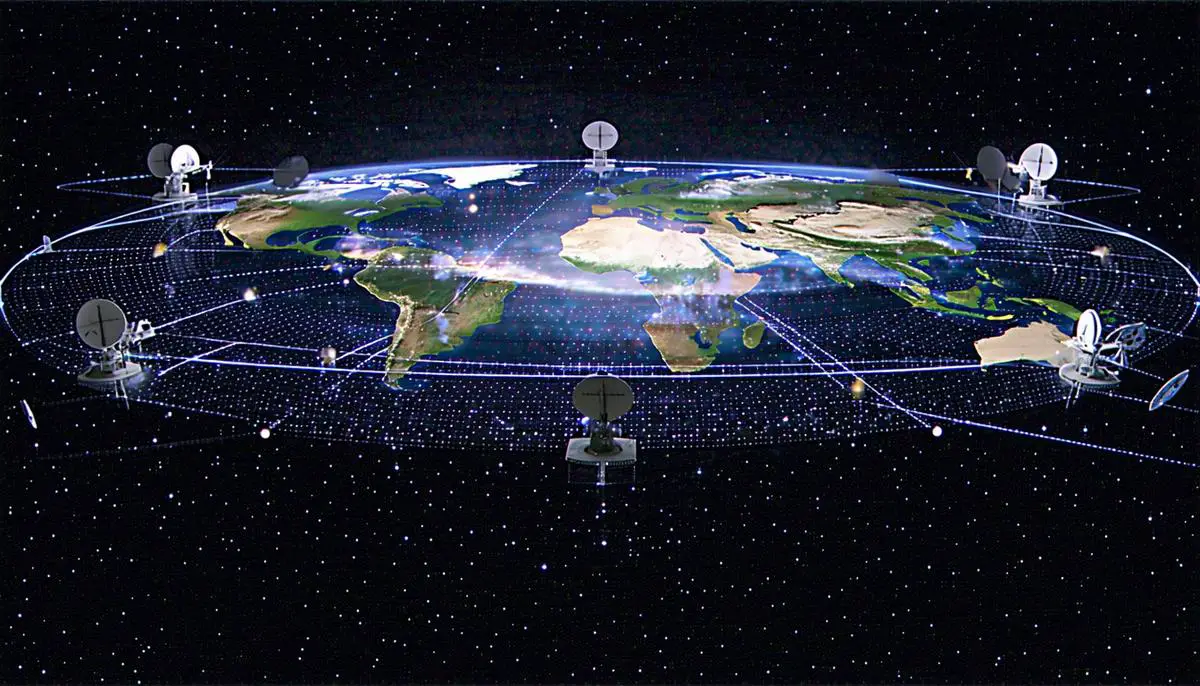
Theoretical Implications and Quantum Gravity
Black holes serve as theoretical battlegrounds in physics, potentially uniting Einstein's general relativity and quantum mechanics. This pursuit of a quantum theory of gravity is one of modern science's greatest challenges.
General relativity describes how massive objects warp spacetime, excelling on cosmic scales but faltering at the quantum level. Quantum mechanics governs the subatomic realm with probabilistic behavior. The singularity of a black hole, where densities and gravitational pulls become infinite, highlights the clash between these theories.
String theory offers a potential resolution, proposing that all particles are composed of minuscule, vibrating strings. This framework adds hidden dimensions to our universe and might explain quantum gravity. One hypothesis suggests the existence of topological solitons, theoretical spacetime structures that could mimic black holes without creating event horizons.
While these ideas remain theoretical, they reflect humanity's tenacity in questioning the universe's deepest secrets. Each step toward understanding signals a profound iteration of human curiosity, underscoring the belief that we are on the verge of unraveling the grand structure of existence.
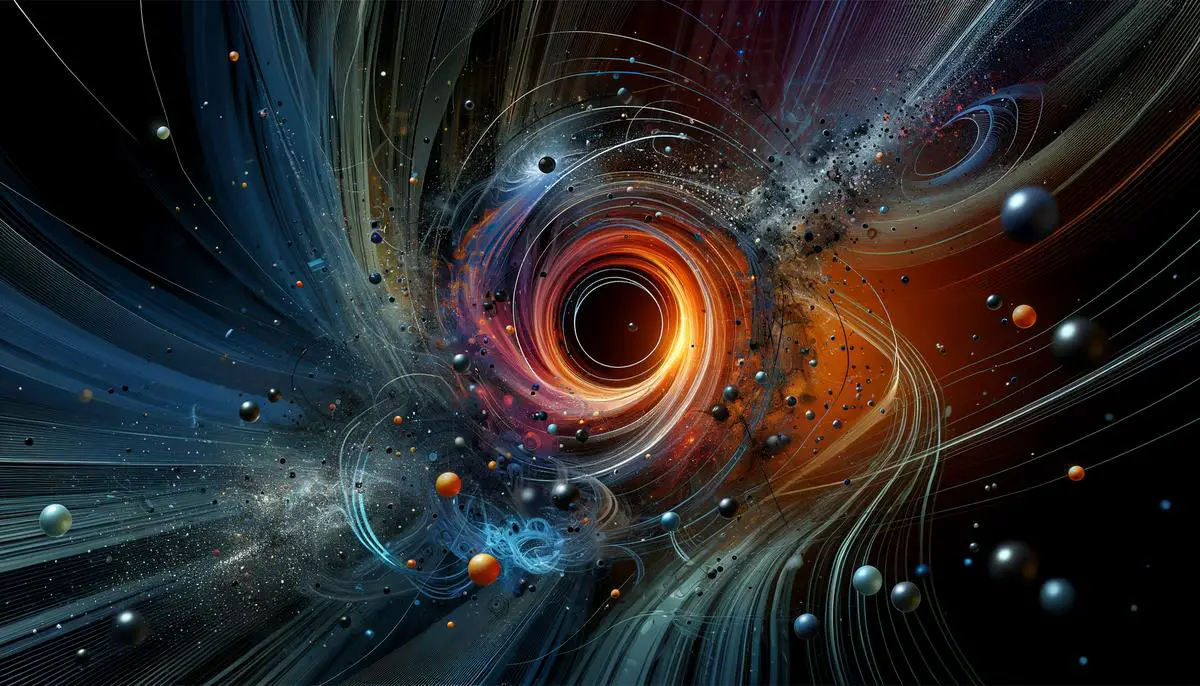
Black Holes and Time Travel
Black holes' extraordinary gravitational might distorts spacetime, challenging our conventional perceptions of time and hinting at potential time travel. Near the event horizon, time slows dramatically compared to distant regions, suggesting a possibility of fast-forwarding into the future.
Theoretical constructs known as closed timelike curves (CTCs) propose potential paths for backward time travel. However, this concept faces formidable obstacles, including causality paradoxes and the extreme forces near a black hole's singularity.
"The idea of using black holes for time travel remains speculative, lacking empirical evidence and facing significant practical challenges. Even if one could generate the colossal energies required, surviving such a journey poses enormous difficulties."
Despite these hurdles, the concept continues to fuel scientific curiosity and our innate desire to transcend time's limitations. As we explore the intricacies of spacetime, black holes offer glimpses into the universe's complexity, suggesting profound truths yet to be revealed.
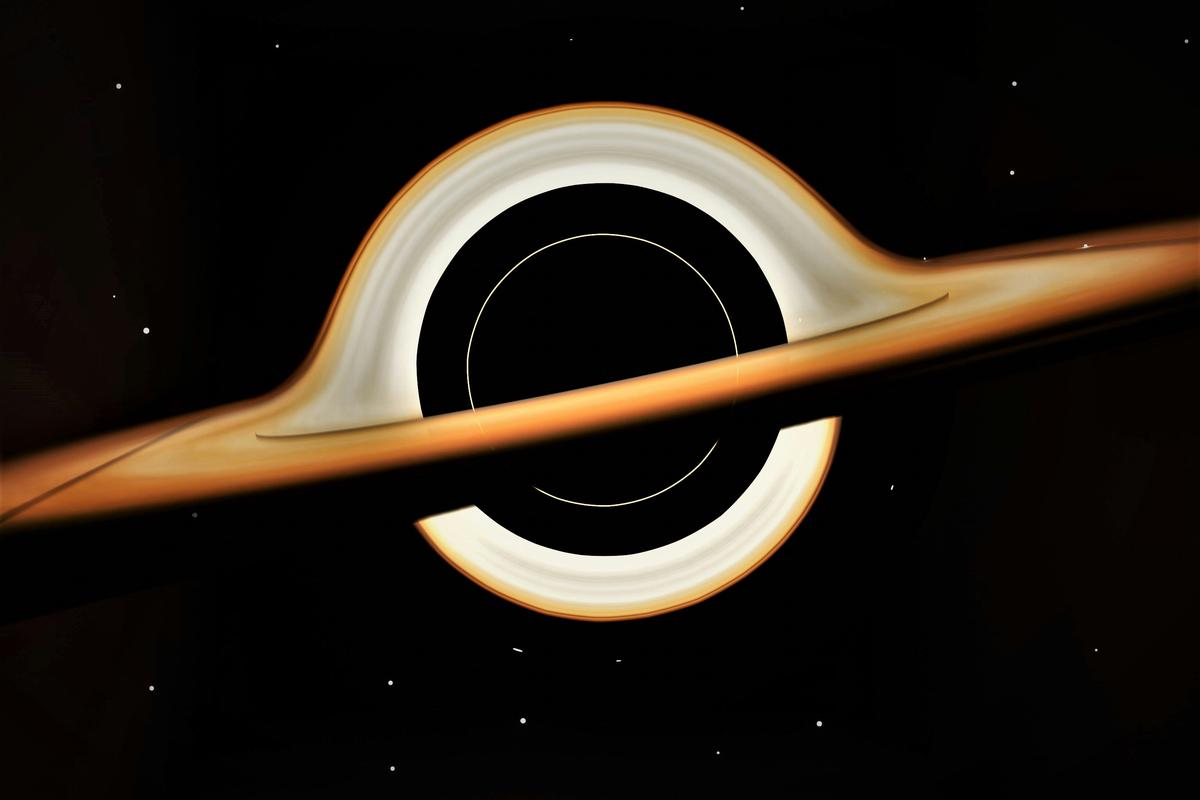
Photo by paman0744 on Unsplash
Black holes challenge our understanding of the universe, stretching the boundaries of physics and inspiring a relentless pursuit of knowledge. As we continue to unravel their mysteries, they remind us of the vast potential for discovery that lies within the cosmos.
- Hawking S. A Brief History of Time. Bantam Books; 1988.
- Thorne KS. Black Holes and Time Warps: Einstein's Outrageous Legacy. W. W. Norton & Company; 1994.
- Natarajan P. Mapping the Heavens: The Radical Scientific Ideas That Reveal the Cosmos. Yale University Press; 2016.
![]()
